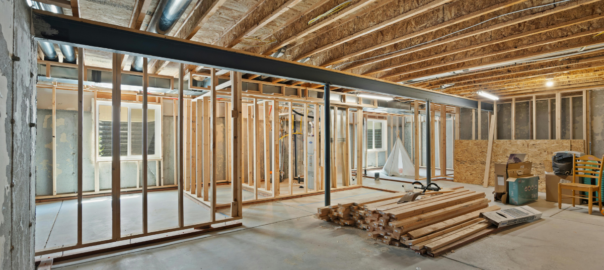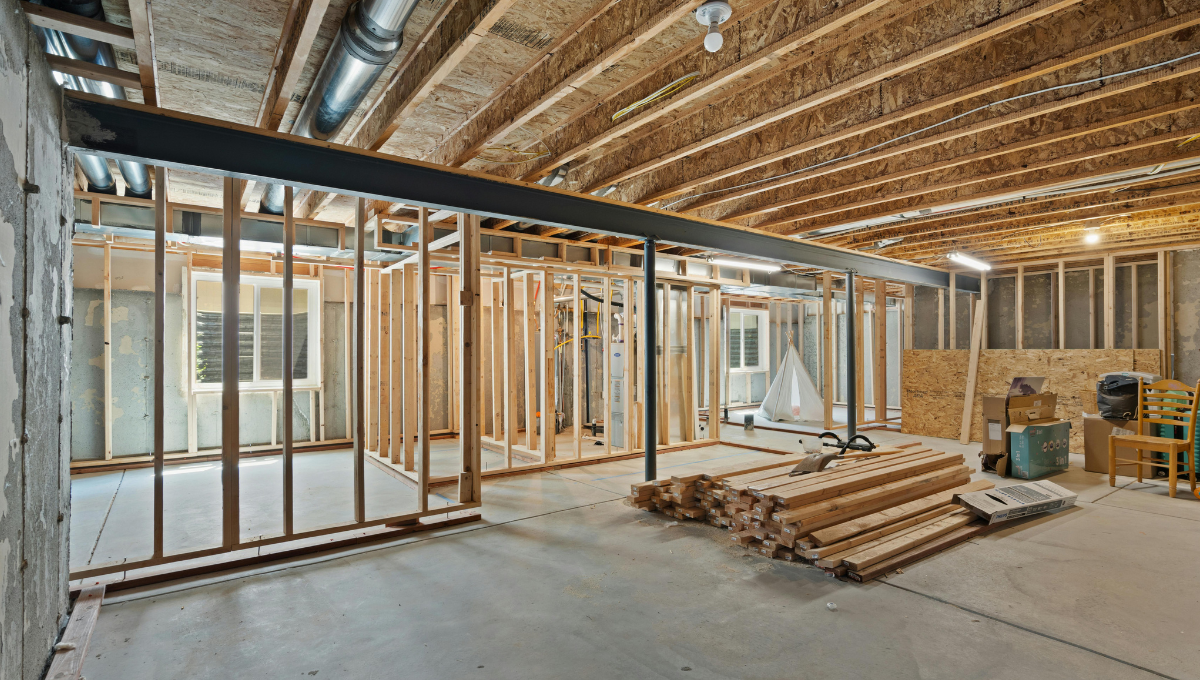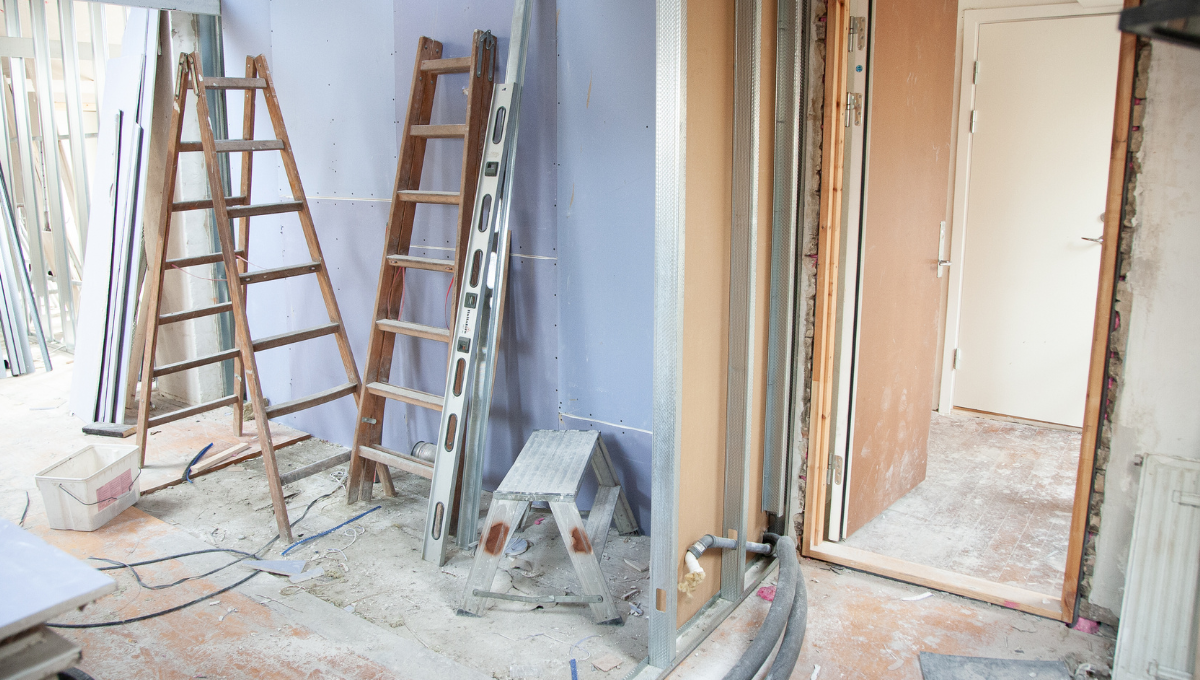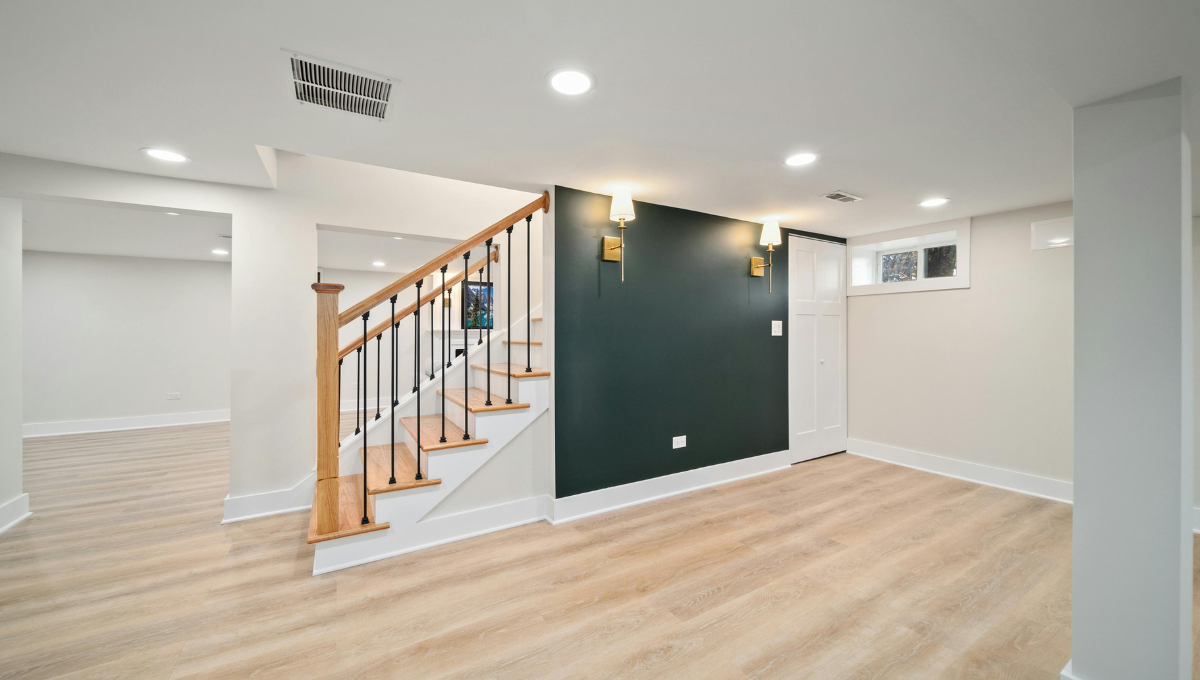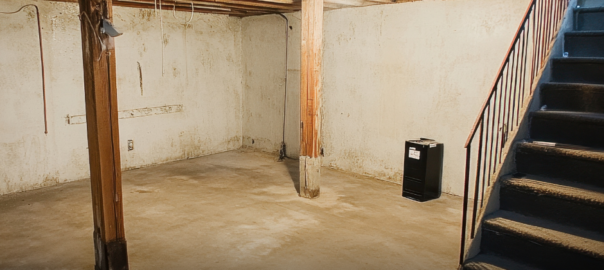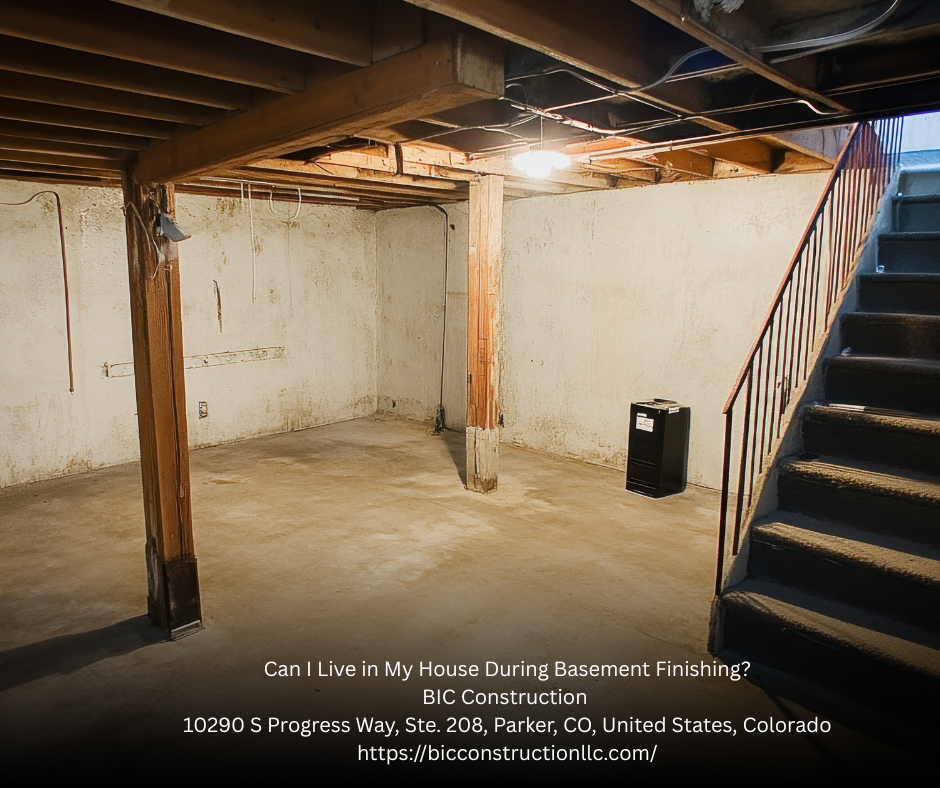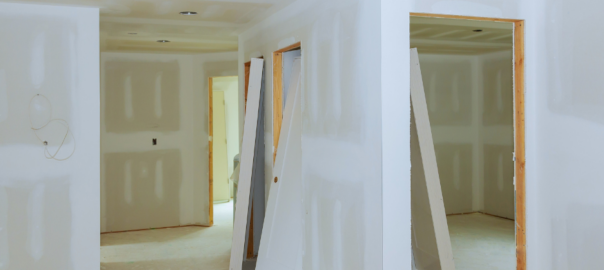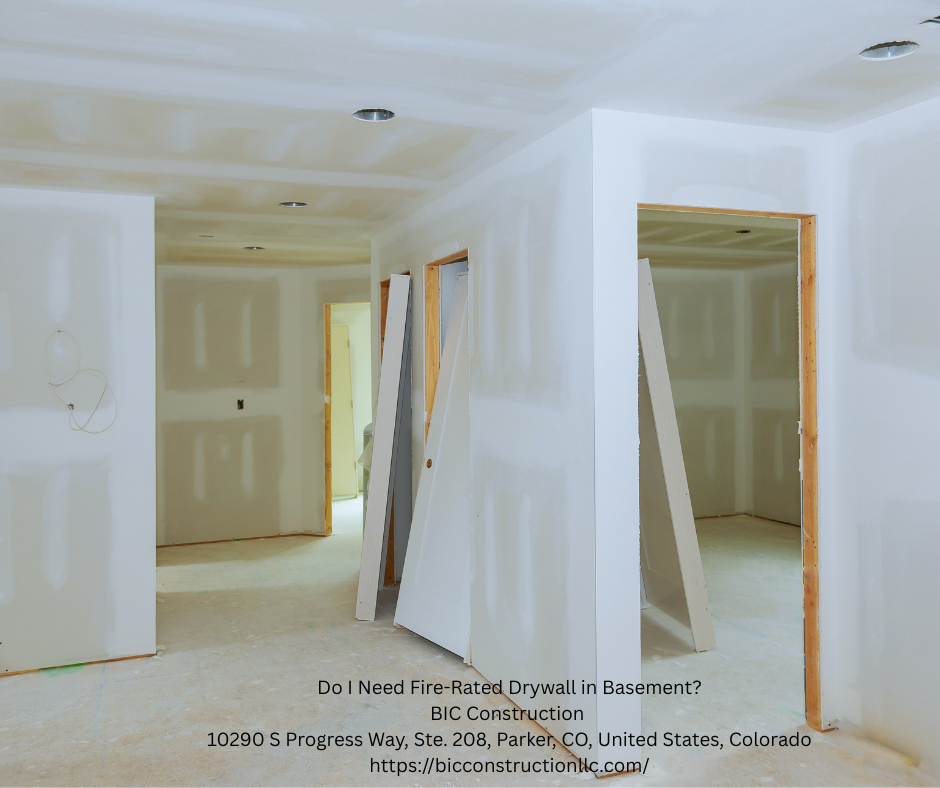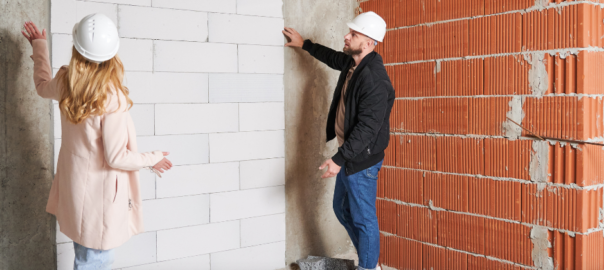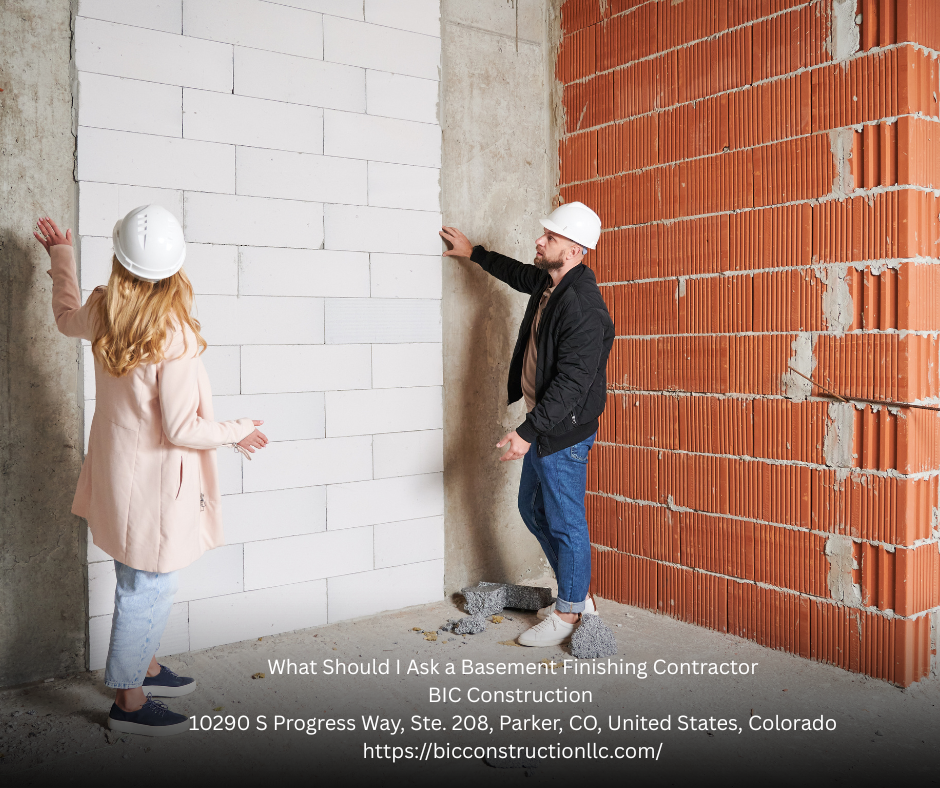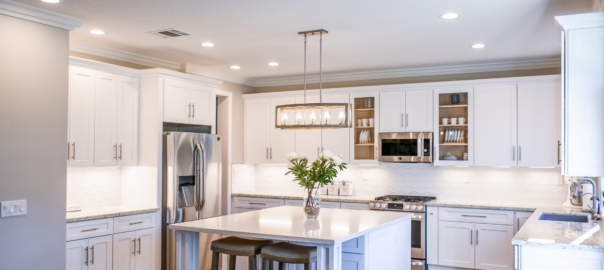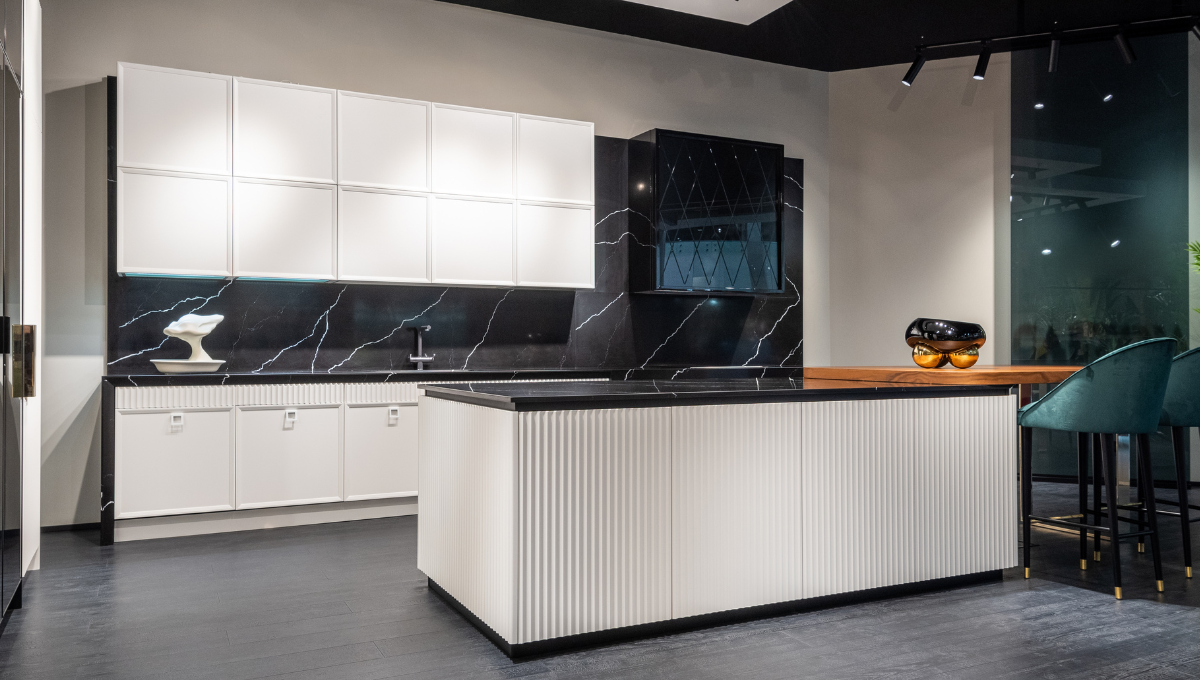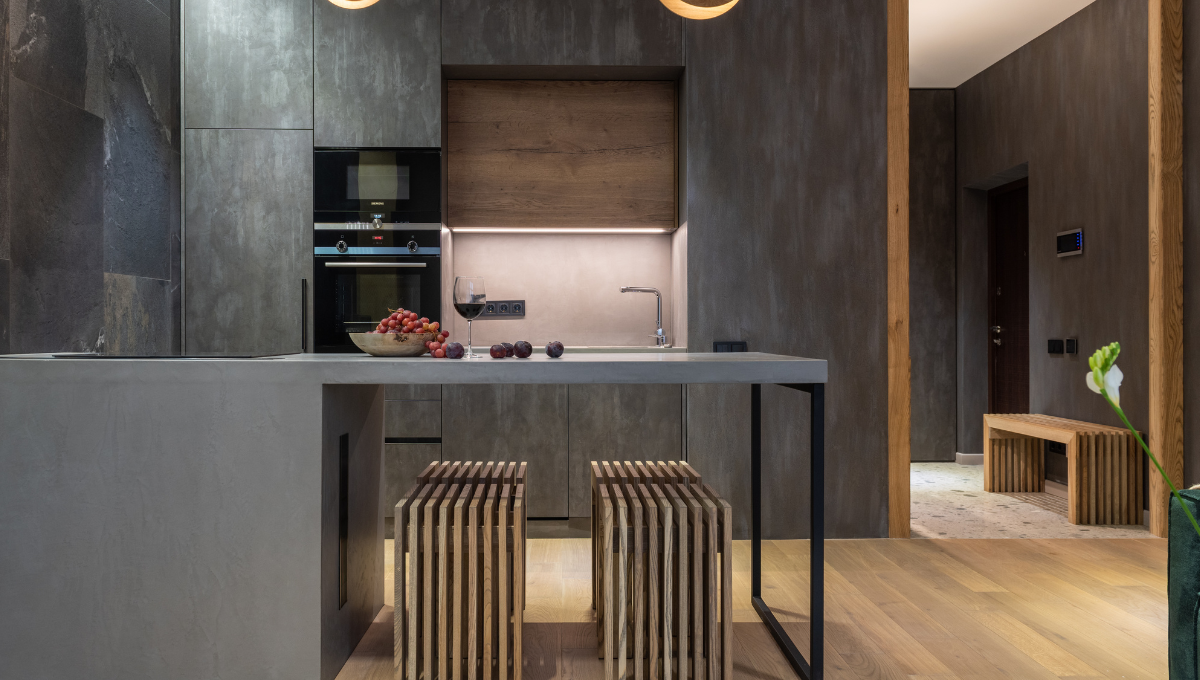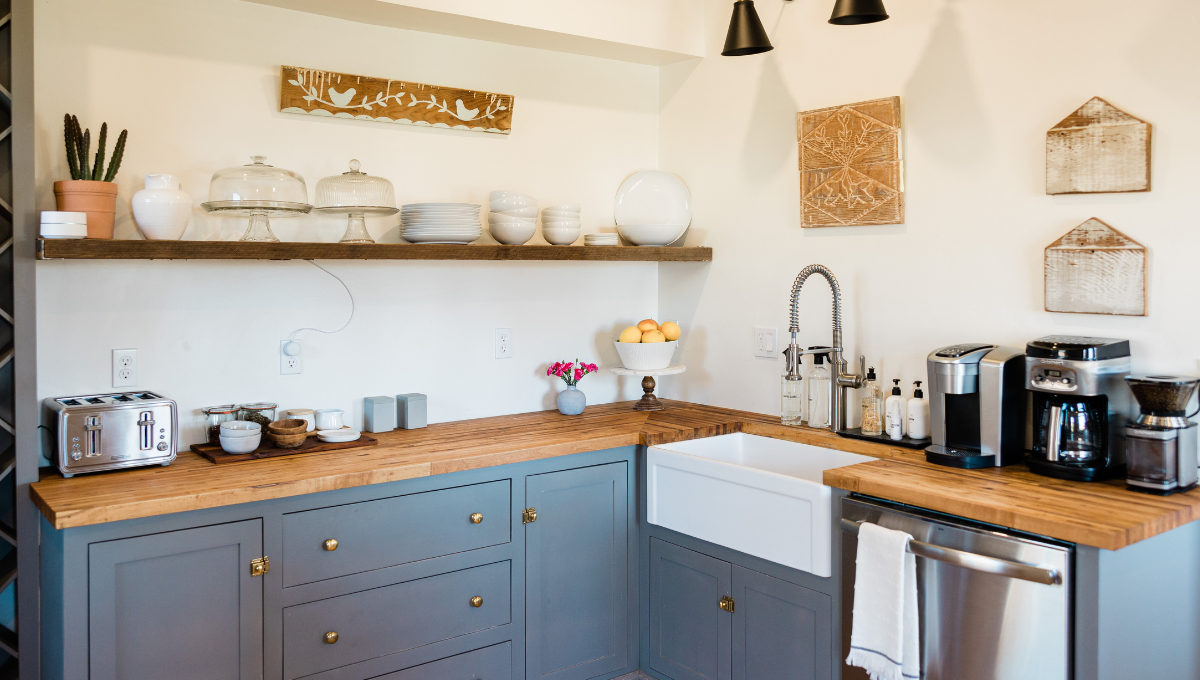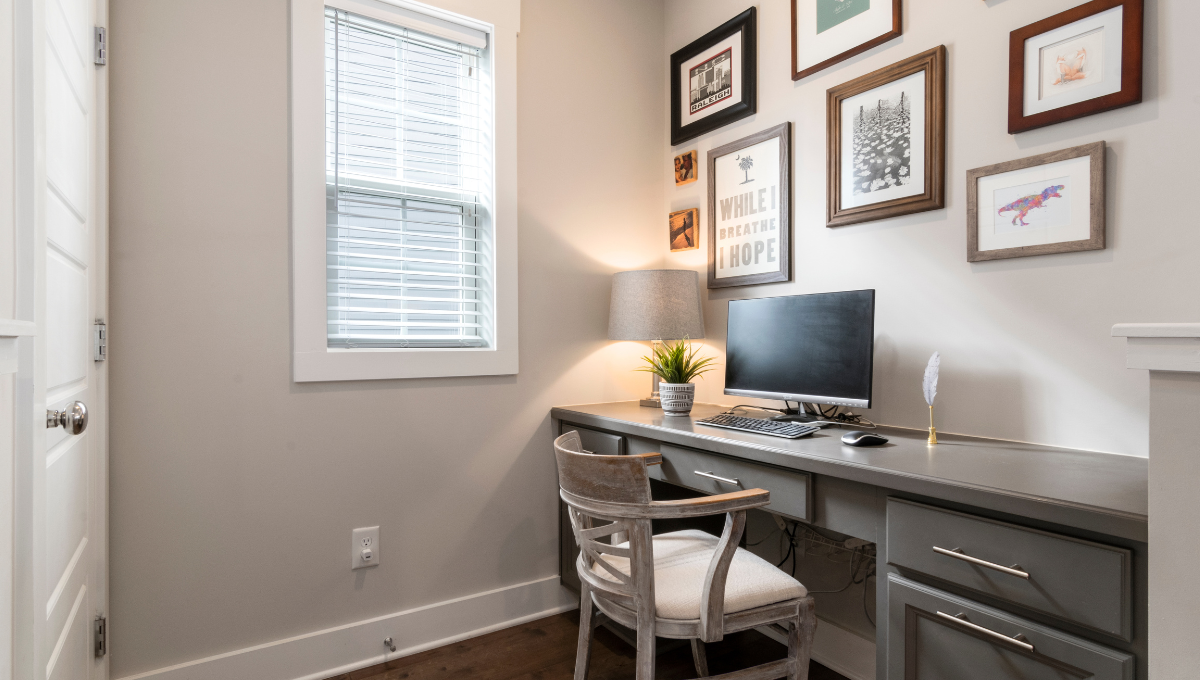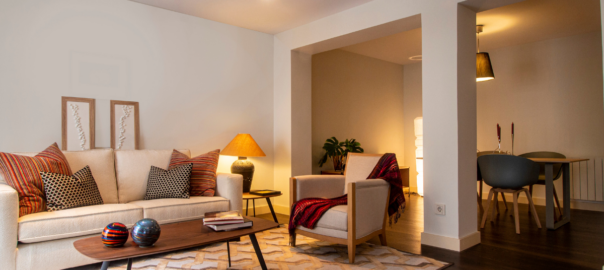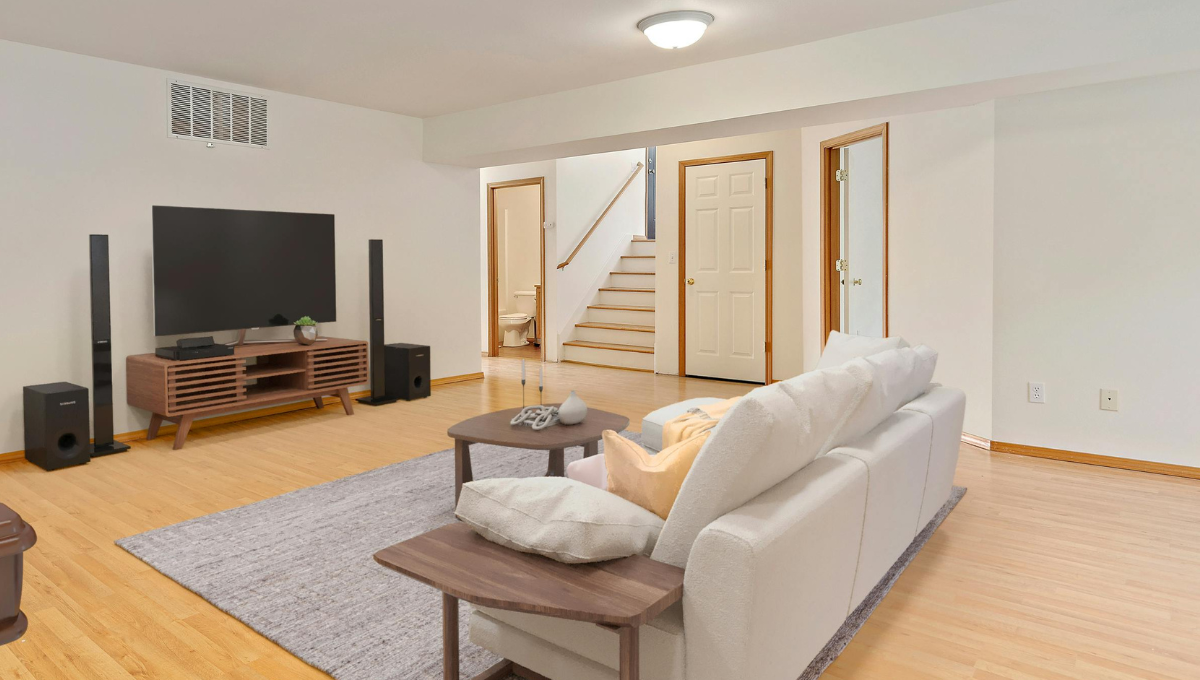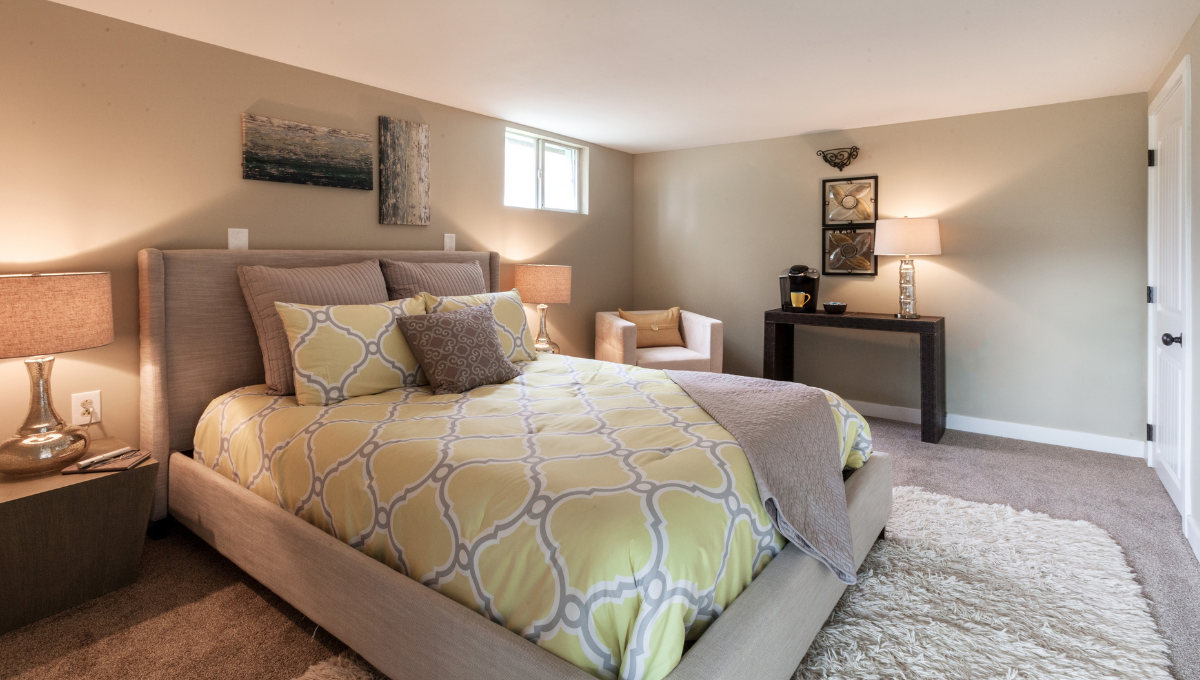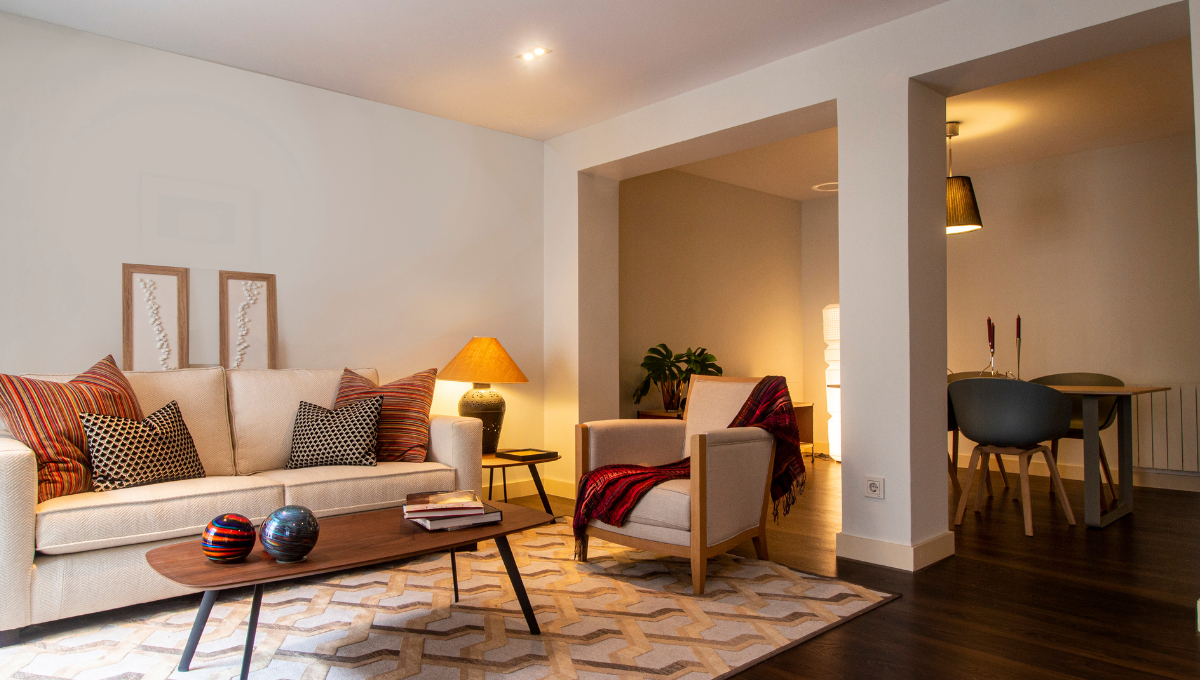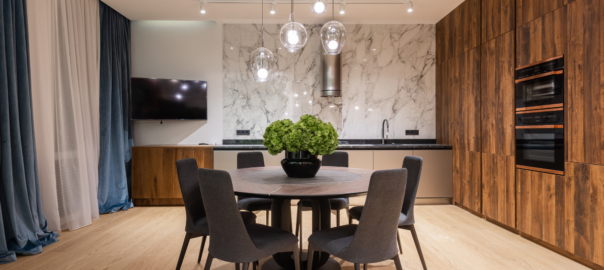Getting your basement ready for all seasons is important. One of the biggest steps is making sure it is properly insulated. Without good basement insulation, it can get too cold in the winter and too humid in the summer. Many people wonder if they should do it themselves or call a professional. Let’s talk about it in a very simple way.
What Is Basement Insulation?
Before anything else, it is good to understand what basement insulation really means. Insulation is a special material. It is used to block the cold or heat from moving through walls. When it is added to your basement, it helps control the temperature. It also keeps your home more comfortable. Your energy bills are often lowered too.
Why Some People Try DIY Basement Insulation
Many people feel excited to take on home projects by themselves. It gives them a feeling of pride. Saving money is also a big reason. When you do your own basement insulation, it looks cheaper at first. There is no need to pay someone else for their labor. A quick trip to the store is made, and all the materials are picked up easily.
Cost and Labor Considerations
At first, DIY sounds cheaper. Only material costs are paid. But there is a hidden side. Mistakes can be made if the work is not done properly. Extra tools sometimes have to be bought too. In the end, the total cost might even go higher. On the other hand, professionals charge more upfront. But their work usually saves money in the long run. Fewer repairs are needed later.
Common Mistakes in DIY Insulation Projects
Mistakes are very common when people do their own insulation. Sometimes the wrong type of insulation is picked. Other times, it is not installed tightly enough. Gaps are left open. Moisture can get trapped inside the walls. This causes mold, which is very unhealthy. Poor insulation also means the basement still feels cold or damp. After spending time and money, disappointment is often felt.
When to Hire a Professional for Better Results
There are times when it is just smarter to call a professional. If the basement is large or very old, a lot of work is needed. Professionals know how to check for hidden problems. They also use better tools. Their work is usually guaranteed. If proper permits are needed, they can handle it easily. Hiring a professional is a good idea when peace of mind is wanted.
The Skills Needed for DIY Basement Insulation
Doing your own insulation needs more than just good intentions. Some knowledge about construction is needed. Safety skills are very important too. Protective clothing must be worn. Special care has to be taken with certain insulation materials. If you are not ready to learn all this, DIY can become very stressful. Small mistakes can lead to big problems later.
How Long It Takes to Do It Yourself
Time is another thing people forget about. Installing insulation can take several days or even weeks. If mistakes are made, more time is wasted. Professionals, on the other hand, finish the job faster. They know the quickest ways to get it done. If you have a very busy life, doing it yourself might not be the best idea.
The Tools You Will Need for DIY Insulation
Basic tools like a utility knife, a staple gun, and measuring tape will be needed. Safety gear like gloves, goggles, and a mask must be bought too. Sometimes special machines are needed, especially for spray foam insulation. Buying or renting these can get expensive. Without the right tools, the work can be slow and messy.
What Happens If Basement Insulation Is Done Wrong
Bad insulation can create bigger problems later. Cold spots can still be felt. Moisture can slip into the walls. Mold can grow without being seen. Over time, the structure of the home can be damaged. Health risks for the family can grow too. Fixing these problems later can cost much more than doing it right the first time.
The Benefits of Hiring a Professional
When a professional is hired, a lot of stress is avoided. They know what materials to use for your type of basement. Their work is done faster. They also know how to seal everything properly. Your basement will feel warmer in winter and cooler in summer. Energy bills will be lowered too. Plus, good work usually comes with a warranty, so you stay protected.
How to Find a Good Professional for Basement Insulation
Finding the right person is very important. It is better to pick someone who has a lot of experience. Asking for reviews or checking online ratings helps a lot. A written quote should be asked for before any work is started. A professional who offers clear prices and a strong guarantee is always a safer choice.
Is DIY Insulation Ever a Good Idea?
Yes, sometimes it is. If the basement is very small and easy to reach, it might be okay to try it yourself. If you enjoy learning new skills and have extra time, DIY might save some money. Just remember that care must be taken. Research should be done first. All safety rules should be followed carefully.
The Right Choice Depends on You
There is no one answer that fits everyone. Some people love doing projects by themselves. They enjoy learning and building new skills. Others prefer peace of mind and a faster result. It really depends on how much time, skill, and patience you have. It also depends on how big and tricky your basement is.
Thinking About Future Costs
It is good to think about the future. If insulation is done poorly, higher heating and cooling bills will be paid every month. Problems like mold or water damage might need costly repairs later. Spending a little more now can save a lot of money later. Professional work often pays off over the years.
Getting the Right Materials
Whether you do it yourself or hire someone, good materials should always be used. Cheap insulation might save money today. But it often does not last long. It can break down faster. Good quality insulation works better and lasts longer. It keeps your home more comfortable for many years.
Making Your Basement More Comfortable
Basement insulation is not just about saving energy. It is also about comfort. A properly insulated basement feels cozy and dry. It can be used for many purposes like a playroom, a guest bedroom, or even an office. A cold and damp basement, on the other hand, often stays empty and unused.
DIY or Professional?
Both options have their pros and cons. DIY basement insulation can be fun and cheaper if done correctly. But it takes time, patience, and skills. Hiring a professional costs more at first but often saves money and stress later. Your choice should be made carefully. Think about your budget, your time, and how important a perfect job is to you.

